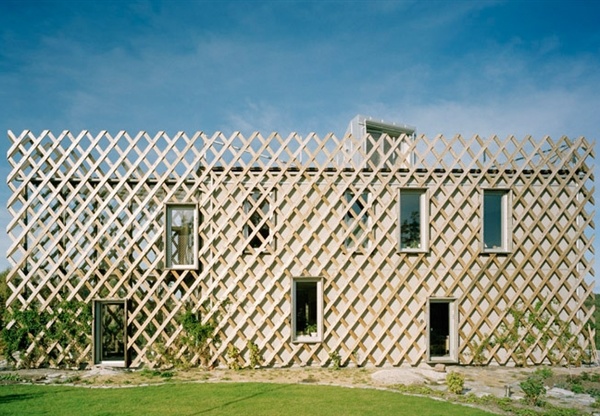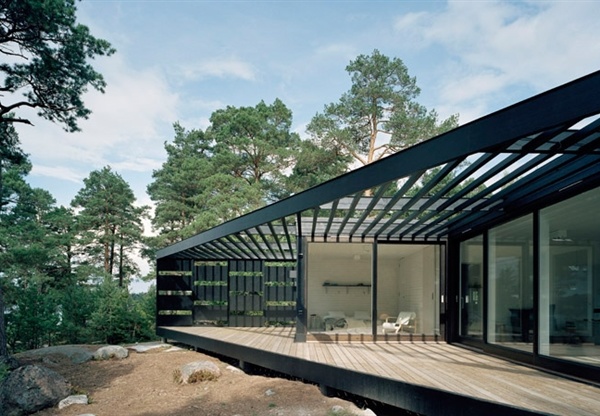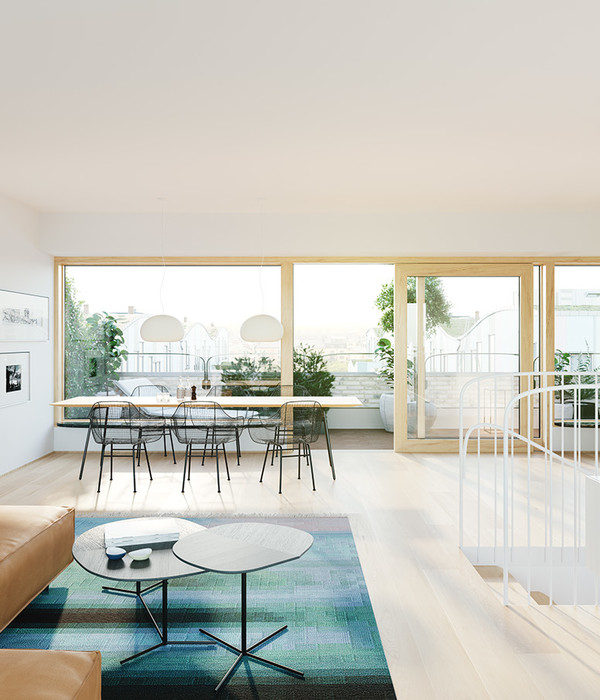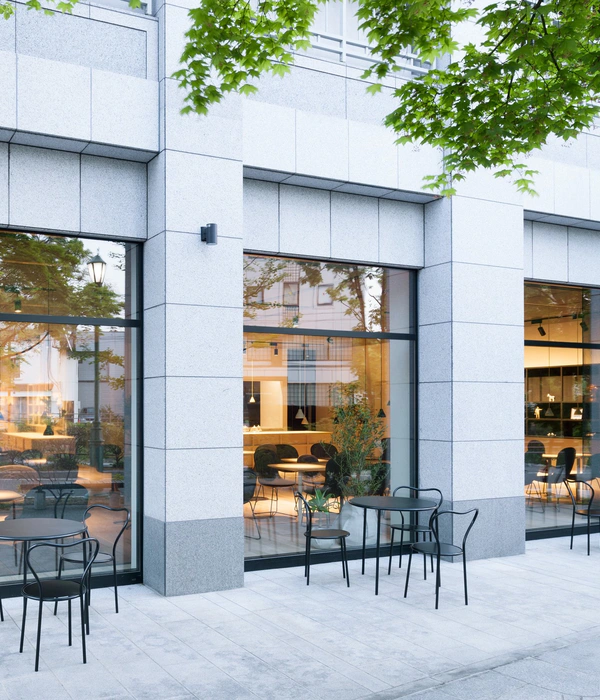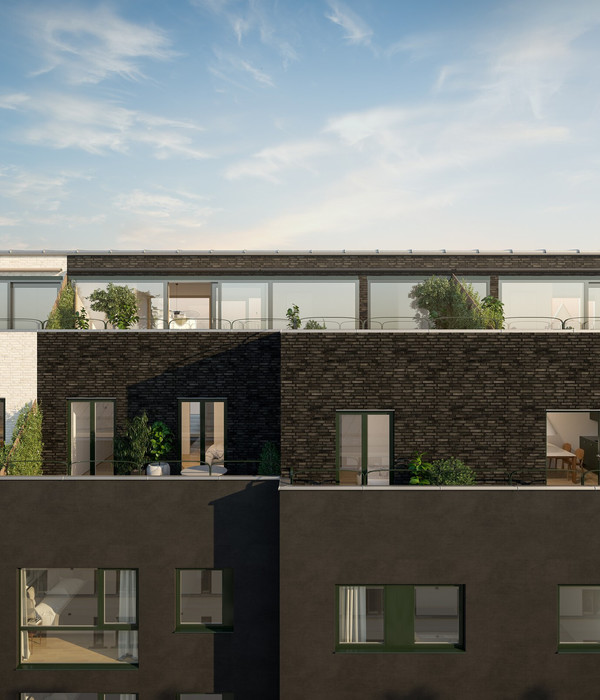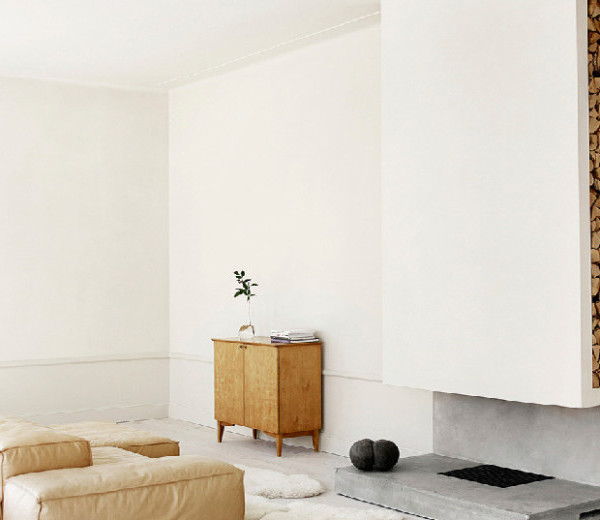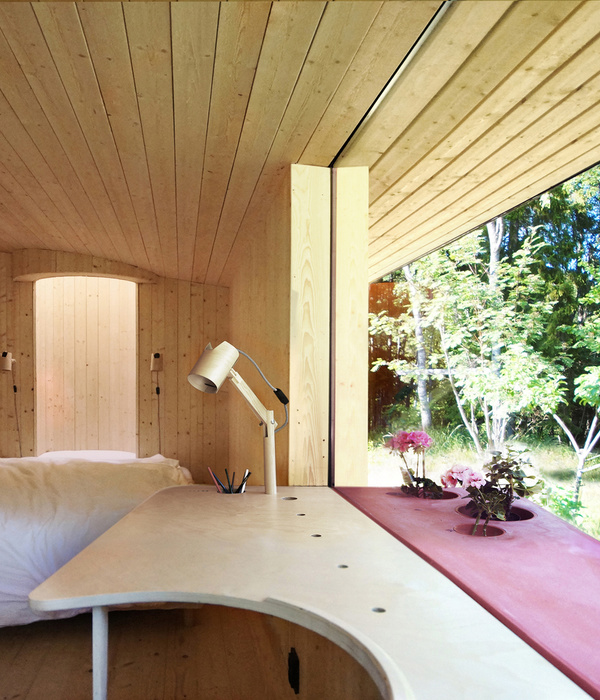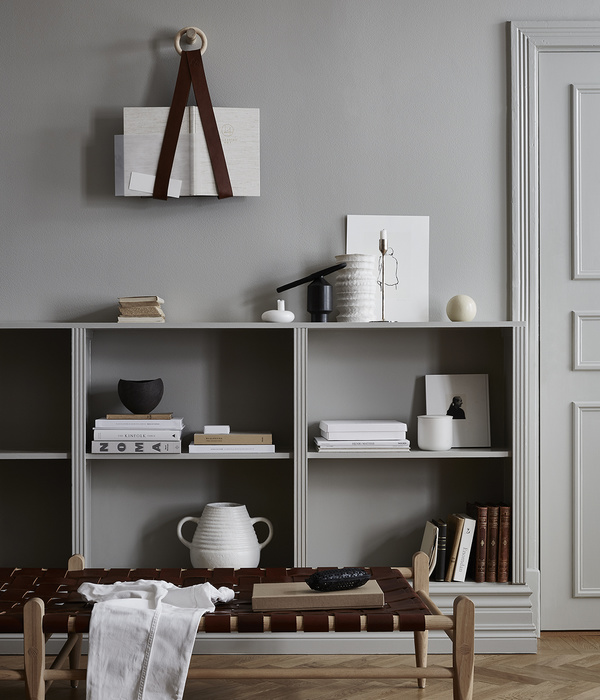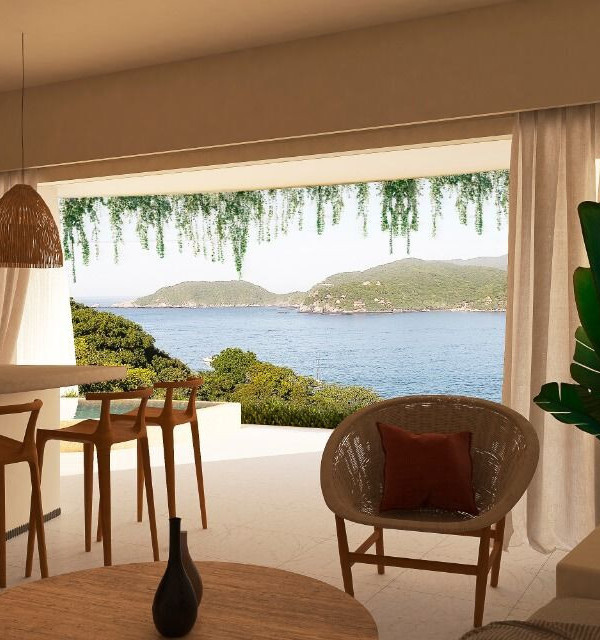Firm: VUDAFIERI SAVERINO PARTNERS
Type: Commercial › Exhibition Center Showroom Cultural › Pavilion
STATUS: Built
YEAR: 2015
Photo by Santi Caleca
Situated in piazza Duca d’Aosta, opposite Central Station, the City Pavilion is the only officially endorsed pavilion in the centre of Milan, created to logistically support the three Chinese pavilions located at the Expo2015 site.
Jointly organized by Italy and China, City Pavilion aims to encourage interaction between Milan and Shanghai, 45 years after Sino-Italian diplomatic relations began in 1970.
Architects Tiziano Vudafieri and Claudio Saverino, of Vudafieri-Saverino Partners Milano Shanghai, are responsible for both the architectural project and the interior design. Rarefied and airy, strongly graphic, the pavilion features white metal, dark and light woods, and lots of glass.‘The dynamic geometry of a heron’s wing provides the rules of composition for this structure. Lightness, order and balance are the guiding principles. An open plan, a pure volume -- made of glass, an outdoor space inspired by the atrium of a Roman house underscored by a powerfully graphic portico: it all adds up to a summary of the very concept of ‘pavilion’.’The pavilion was designed to be itinerant: dismountable, adaptable and easy to re-use. Following its debut in Milan, the ‘heron’ will wing its way to China, and to other places around the globe. Nomadic and recyclable, the pavilion embodies ideals of modernity and sustainability. The structure will become a house shared by two cultures, a contemporary showcase for the best of China and Italy. The vast portico, with its pagoda-style roof in laminated plywood, protects and delineates the glass volume which contains three distinct zones: a showroom, an institutional living space and a food and beverage area with an external patio, adding up to a total surface area of 360 square metres.
Partners are 100% Italian, while materials are all Made in Italy, reinforcing the concept of hospitality in the host nation – values which will only become more evident when the structure transfers to China and elsewhere.
{{item.text_origin}}

